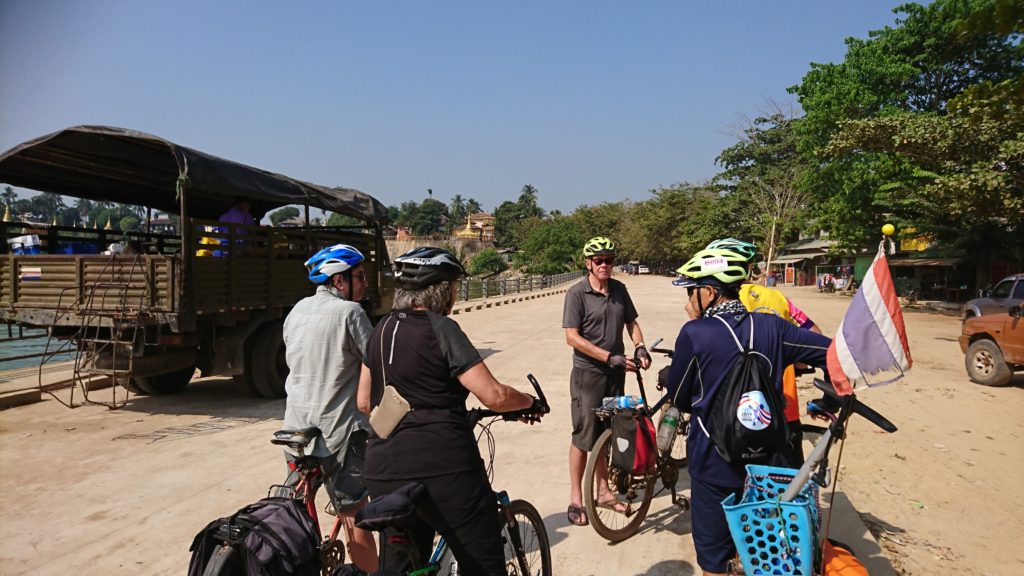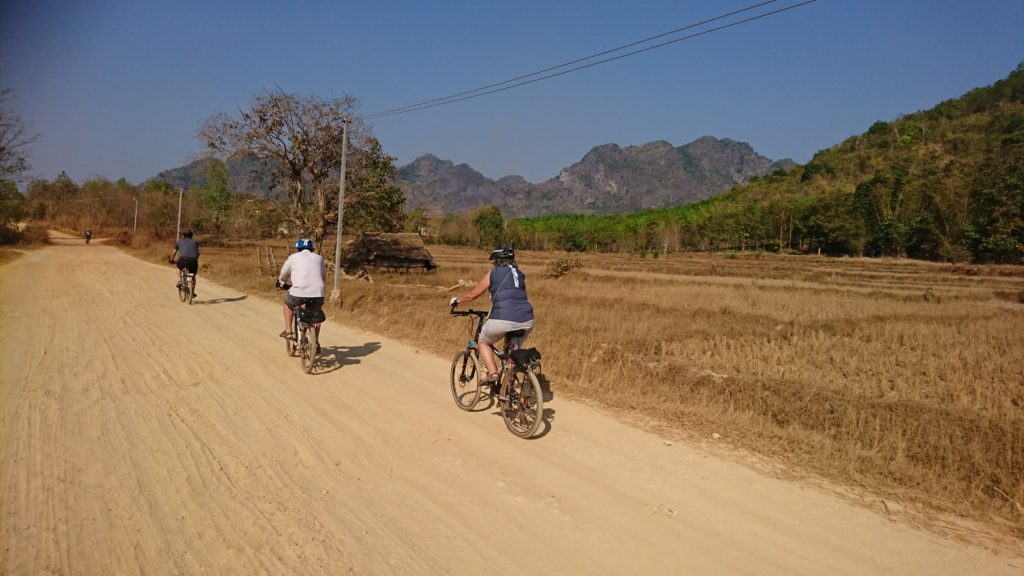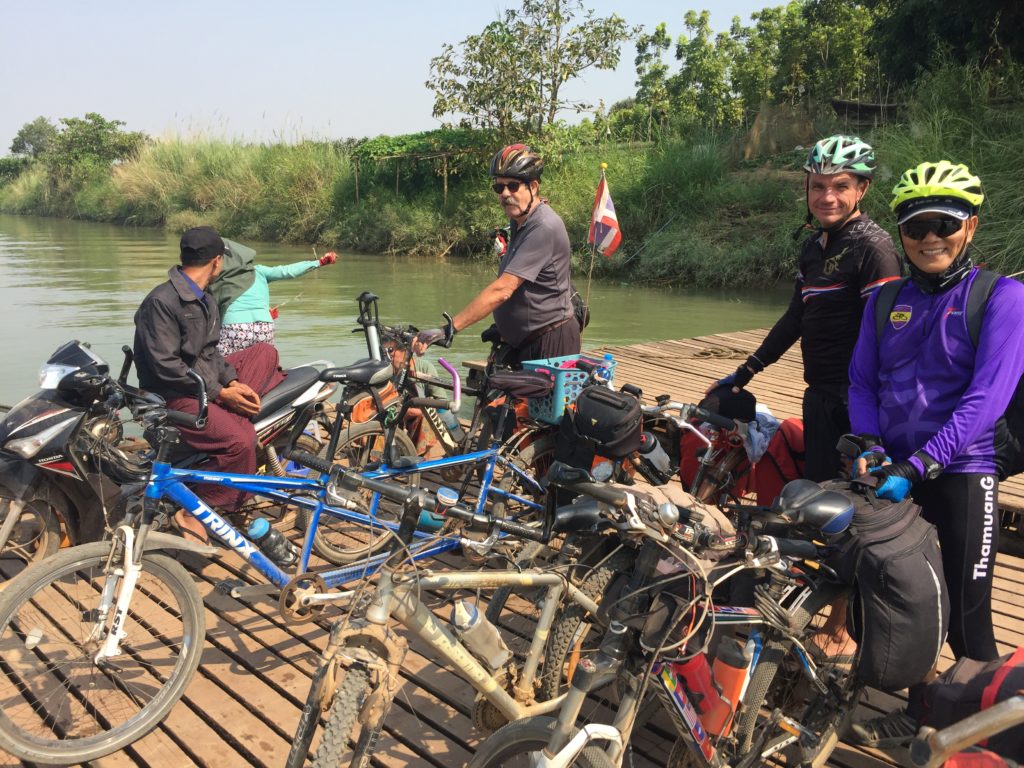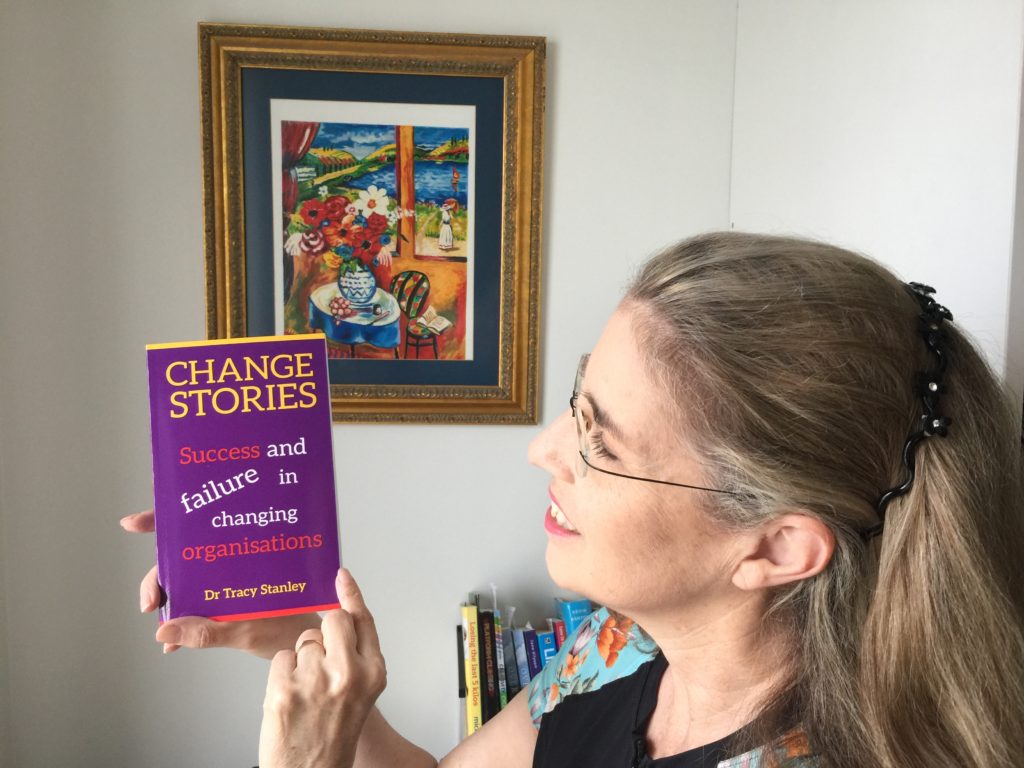
This month my latest book went live. It’s called Change Stories: Success and failure in changing organisations. So excited.
While I’ve worked on global change projects, the stories I shared in side this book were not my own.
Let me explain.
The Back Story
After a few years living overseas, I returned to Australia and became aware of the diversity of change management roles, and often short-term ones, being advertised. While I had previously undertaken a global change management role introducing new systems and ways or working in a global technology company, I wanted to learn more about what other change managers were doing.
I talked with connection in my network and asked them to recommend others I should speak with. I was motivated to get a diversity of perspective not only of change managers but of project managers, human resource managers and business leaders.
The questions I asked
I asked everyone the same questions including.
- What did they understand change management to be?
- What was it that change managers did?
- What sort of projects had they been working on?
- From the successful projects, what the things that were critical to the project going well?
- For the failed projects, what were some of the early signs that the project was going astray?
- And then thinking about the other change petitions that worked with. What were the characteristics of the most effective change practitioners?
The stories shared were from diversity of change projects related to mergers and acquisitions; introducing new models and processes, digital transformation, building skills and driving cultural change to name a few and came from banking and financial services, energy, mining, manufacturing, telecommunications, hospitality, health, higher education, consulting, legal, state and local government, and non-government organisations.
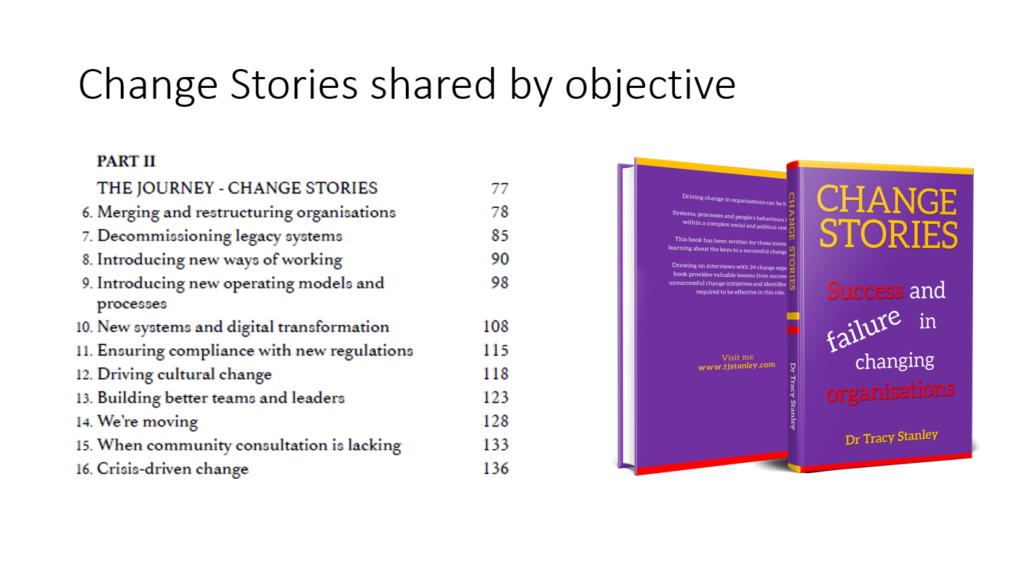
I’m proud of the book and learnt a great deal from my 24 conversations. I think that Change Stories is a valuable learning resource for people who face the challenge of driving change in their organisation.
Your copy here.

